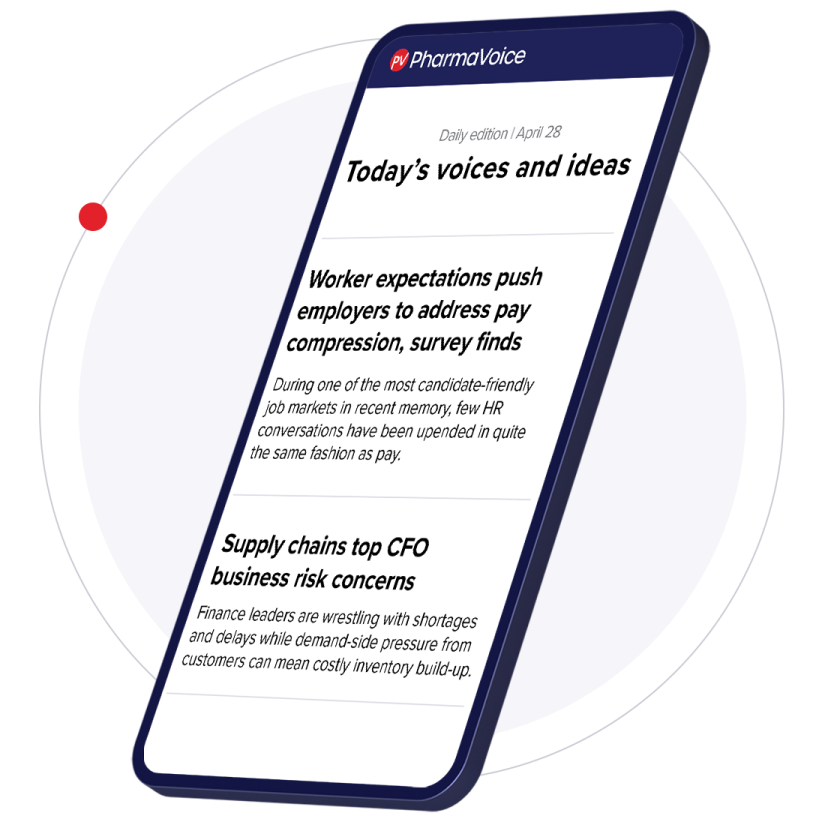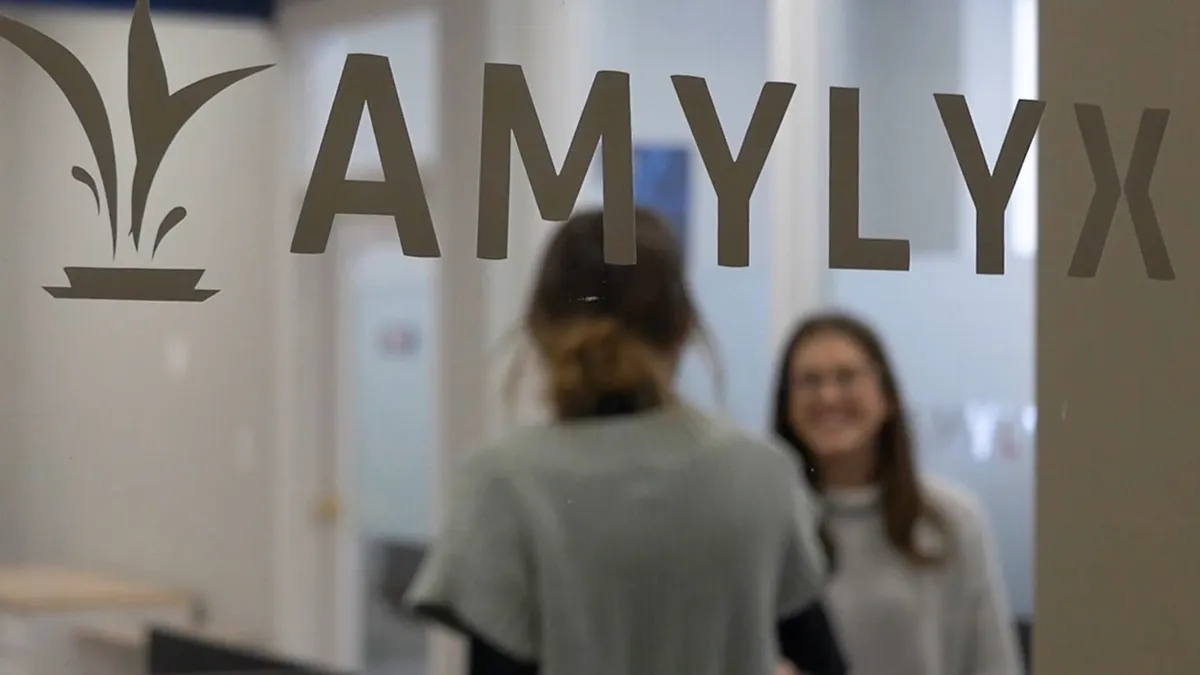The complexity of Alzheimer’s disease diagnosis has made finding treatments more difficult — the right drug for the right patient at the right time.

While a combination of tests for Alzheimer’s can determine whether a patient experiencing symptoms has the disease, that insight is often too late. And blood tests cleared by the FDA have relied on the search for amyloid plaques in the brain to coincide with marketed therapies like the amyloid-clearing Leqembi from Eisai and Biogen or Kisunla from Eli Lilly.
But there’s more to Alzheimer’s than amyloid plaques, and with dozens of candidates in the pipeline that target tau pathology and other potential disease markers, drugmakers and clinicians will need new tests to identify patients who will benefit the most.
Finding these markers can be like seeking a needle in a haystack, said Josh Soldo, chief scientific officer and co-founder of Veravas, the maker of a blood test for tau pathology in presymptomatic Alzheimer’s patients.
Veravas’s platform, called Verabind Tau, clears away the haystack to make the needles easier to spot. The blood test has shown more than 95% sensitivity and 95% specificity by isolating and measuring not just the tau proteins circulating in the blood, but which ones are activated and likely to cause cognitive decline.
Available as a lab test, Veravas is looking for clinical FDA clearance following results released over the summer..
Here, we spoke with Soldo and fellow Veravas co-founder John Forrest, who serves as CEO, about what this test means for patients early in the Alzheimer’s journey, how it could help develop new drugs and how payers might respond to a first-in-class test in a complex field.
This interview has been edited for brevity and style.
PHARMAVOICE: How does Verabind Tau fit into the current Alzheimer’s detection landscape?

JOHN FORREST: In the market, there’s a lot of data around [the biomarker protein] p-tau217, which is [easily detected] after symptoms of neuro decline are already there. But what we showed is that we can detect early-stage, asymptomatic disease, and that’s going to be a pivotal change. You can identify this early so that a therapeutic can have the most opportunity for success. We’re going to have to change some of the mindsets around biomarker activity versus a level biomarker, which is the key differentiator.
JOSH SOLDO: P-tau217 or CSF assays that were FDA-cleared or approved for amyloidosis or beta-amyloid plaques make a lot of sense in the context of which drugs the FDA has approved. These are amyloid plaque-clearing monoclonal antibody therapies. But plaque is a risk factor, not the cause of the disease. If you’re trying to identify an at-risk patient, you can do that testing, but if you want to identify people who have early stages of disease, you need to screen an asymptomatic population. Verabind tau is a pathology test that detects disease, not the risk of disease.
Right now, there are amyloid-clearing drugs on the market, but there are no tau-clearing drugs. What is the patient’s journey after receiving a positive result using Verabind?
SOLDO: There’s not a therapeutic available today, but that doesn’t mean there’s not going to be one approved by the FDA tomorrow, especially with more than 20 tau-directed therapies at different stages of clinical trials. They’re coming. As a physician, understanding that your patient has this disease allows you to plan, be proactive and maybe enroll in a clinical trial. Understanding you have a neurological disease, even asymptomatically, is important. We can’t predict the future, but there are quite a few promising therapeutic options being validated.
FORREST: Being able to identify early gives you more time to do a lot of different things that are applicable to both amyloid and tau therapies. It’s a way of getting to that answer earlier.
Although it’s still early, what conversations do you have with drugmakers in terms of being part of the drug development process?
FORREST: We’ve been in conversation with pharma companies and been received well. They are of course looking for more validation, and we’re working with some of those companies to get additional samples and show the value of the test. Identifying patients earlier can aid research.
SOLDO: If you can use our assay as a tool in the toolkit to enrich clinical trials for patients that are in the Goldilocks zone or just prior to symptom onset, you can show the impact of the therapeutic in these studies. If you’re not careful in these trials, you can have a control arm that’s not much different from your test arm. They love the science, and they want more data.
Beyond clinical trials and regulatory approval, the payer landscape has been challenging in Alzheimer’s. How does an earlier test like this fit into that calculus?
FORREST: The long-term objective is to get this test FDA approved and go after Medicare reimbursement. And then we can also look at Medicare Advantage because we can determine a population and think about it differently than before. We can identify a risk in a population to find out who has the right pathology early, which helps in a variety of ways to reduce costs. There are a lot of costs that can be prevented if we identify these patients earlier.
SOLDO: Now that the assay has been validated and is available as a laboratory developed test, we’re looking at where we can bring it to increase accessibility for patients or clinicians who want access to it.

















